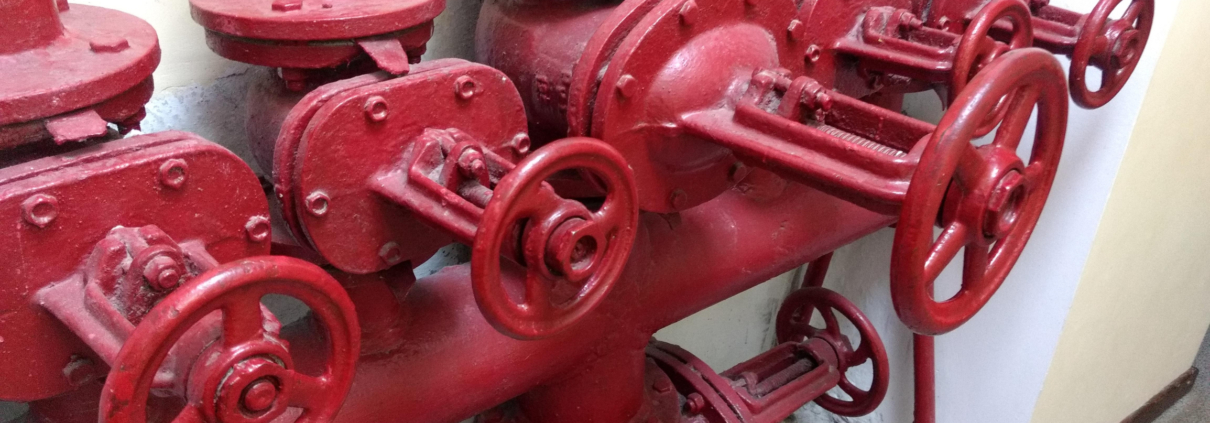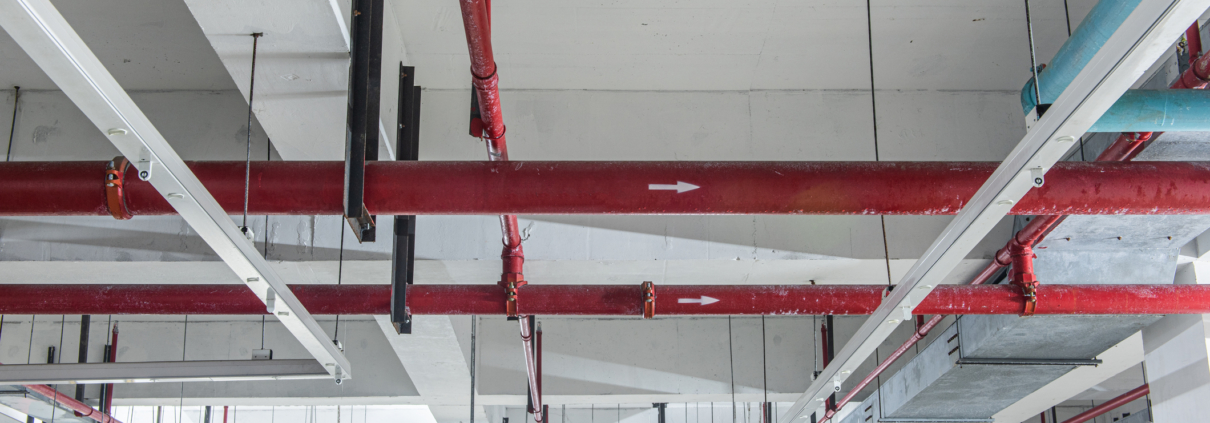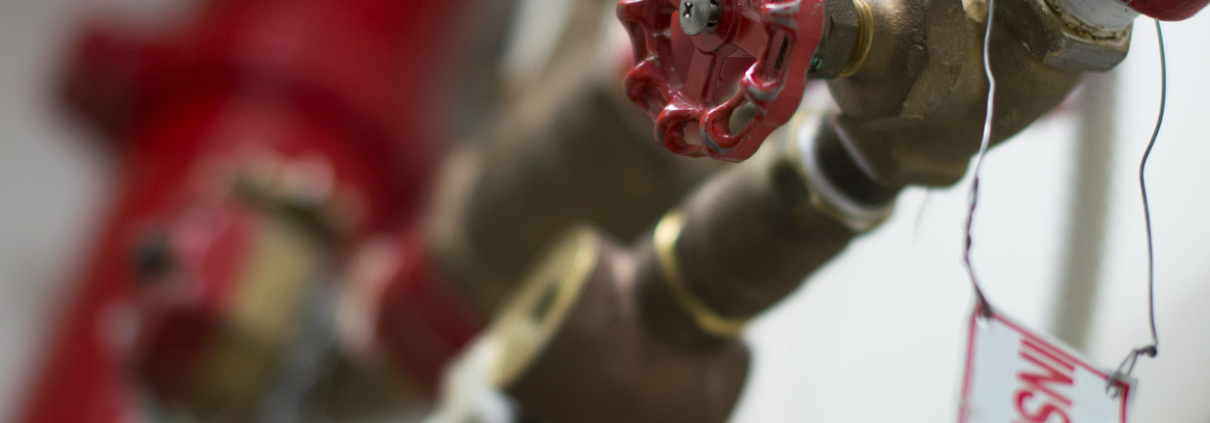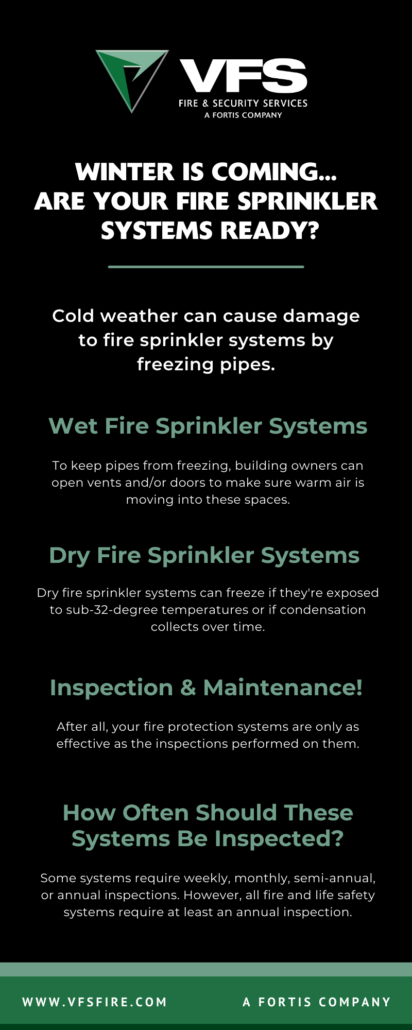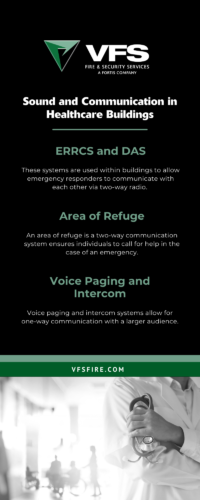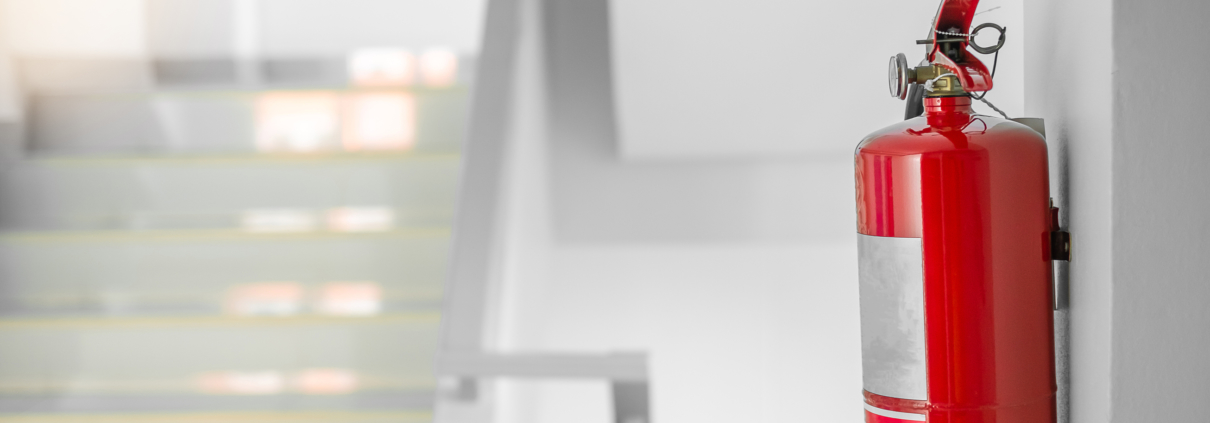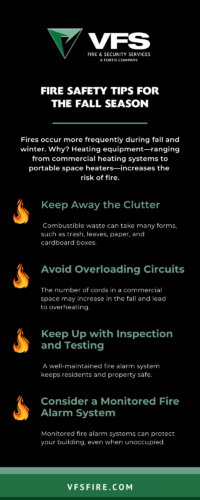Learn About The Effects Of Corrosion And What You Can Do To Protect The Safety Of Your Building
Corrosion can have a serious impact on the effectiveness of your building’s fire protection system, and it can be very expensive to fix. This is why identifying and minimizing it are key parts of maintaining a system in a safe and cost-effective manner. Learn more about the dangers of corrosion for fire sprinkler systems and what you can do to prevent it:
Corrosion can seriously affect the integrity of a sprinkler system
Corrosion, or the reaction between a metal alloy and its environment, is an irreversible process which causes “gradual deterioration of metal surface by water, moisture or other corrosive chemicals.” Different fire protection systems are susceptible to different types of corrosion, however, wet sprinkler systems are most commonly used.
One of the costliest effects of corrosion is how it can negatively affect the integrity of sprinkler piping systems. Accumulated corrosion in pipes can cause leaks and limit the flow of water, making sprinkler systems less effective, and sometimes even completely obstructing water to a sprinkler when it’s most needed – during a fire.
Oxygen is the primary cause of serious corrosion in wet sprinkler systems
Trapped air in wet sprinkler systems provides a source of oxygen that can cause corrosion, meaning that reducing air pockets is essential to lower the chance of damage to the piping. There are a variety of methods used to mitigate oxygen corrosion, including the regular usage of an air-release valve or air vents, using nitrogen as a supervisory gas, and limiting the infusion of oxygen-heavy freshwater into the piping system. Employing an air-release valve may also have other benefits, including reduced water delivery time and reduced alarm ring delays.
Microbiological growth is another cause of sprinkler system corrosion
A report (document) by the National Fire Protection Association states that microbiological growth is an increasing concern for fire sprinkler systems. Instead of typical corrosion, which usually develops somewhat evenly over longer periods of time, microbiological growth is more concentrated and accelerated – meaning that it can grow very quickly in a small area of piping to create a large obstruction or a small pinhole in the piping, which can severely impact the efficacy of the entire system. According to the NFPA, there are many examples of systems with feed mains over 60% obstructed from biological growth, and in some cases, thousands of pounds of debris can even accumulate in medium-sized piping.
There is often no indication of a problem until a leak or a fire occurs
One of the most insidious aspects of fire system piping corrosion is that building owners, managers, operators, and sometimes even less-thorough inspectors have no idea that there is any problem until a leak occurs. When a leak or other serious problem happens in the system randomly, the building’s owners and occupants are actually quite lucky – if it occurred during a fire, it could lead to building damage or injury.
Unfortunately, the problem may not be identified until during or after the emergency in cases where corrosion has caused unknown blockage or leakage of a fire sprinkler piping system, unless regular inspections are performed, including internal obstruction inspections that are a part of a 5-year inspection cycle.
This is just another reason why high-quality inspection, proper maintenance, and sometimes replacement of components of a fire protection apparatus are necessary. At LifeSafety Management, we understand that corrosion is just one of many threats facing the integrity and effectiveness of your building’s life safety systems.
Need Help With Inspections and Maintenance?
At VFS, we partner with our clients to ensure their maintenance and inspections are scheduled and performed regularly. The expert team at VFS Fire & Security Services has the breadth of knowledge to provide all regular scheduled and code-mandated fire protection system inspections. We have a diverse team of experienced fire protection professionals capable of inspecting and servicing even the most complex fire protection systems.
Our advanced platforms and highly trained dispatch team allow us to manage inspections and testing from inception to execution. We tell you what’s due when it’s due, and why it’s due, and we constantly communicate with your team to keep you up-to-date on the latest information within your facilities. Allow us to be your trusted Inspector Gadget and take on all your inspection and maintenance needs.
Do you have your inspection already scheduled? Here’s how to prepare for a fire safety inspection before it occurs.


